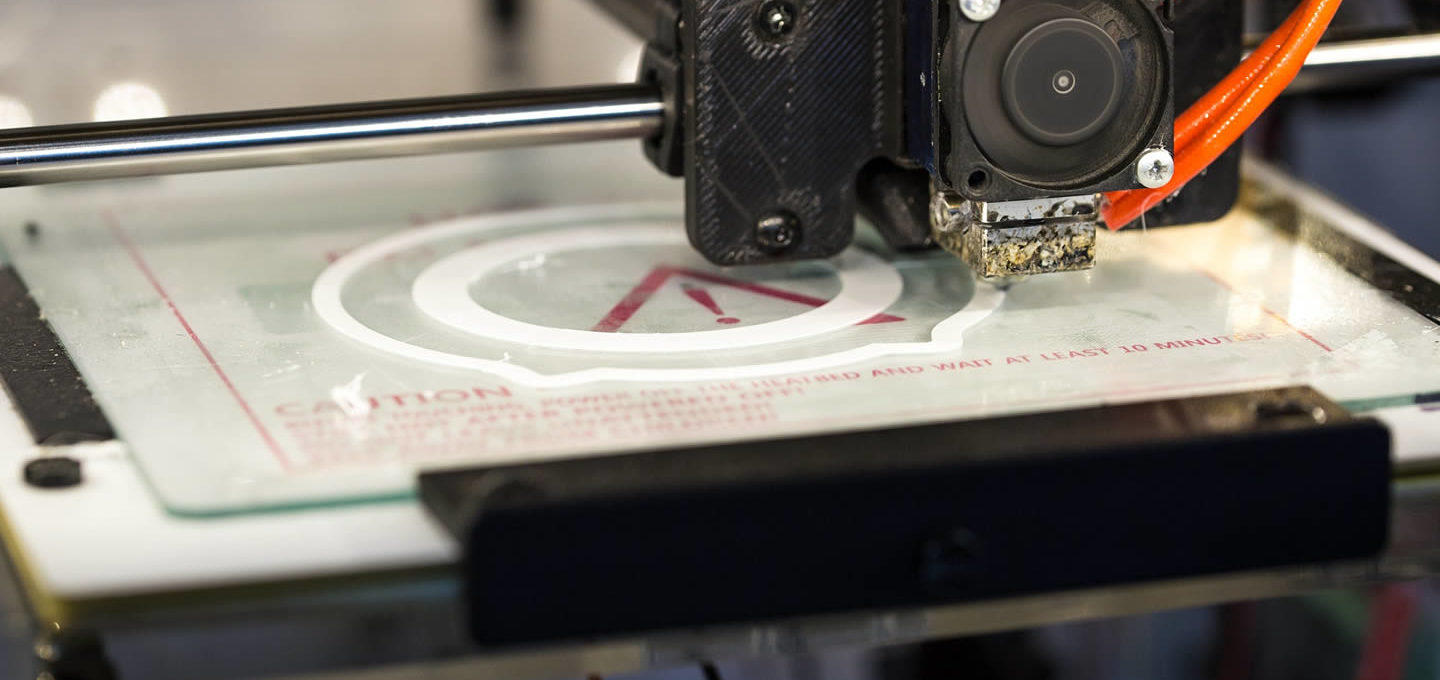Developing a product from scratch is both challenging and exciting at the same time. There is no greater feeling than that warm buzz you get when you see your product being used by customers. Startups have been focusing on apps and software in the past few years, but that doesn’t mean hardware-based startups aren’t ruling the market.
With the help of rapid prototyping and other resources, starting and growing a hardware startup is much easier to do today. Before you start, however, here are some important tips you should bear in mind when developing your product ideas into working products.
Keep the product lean
Designing a product requires creativity and imagination. The process of turning a simple product idea into a prototype is much easier to do thanks to the resources available today. If you need to build a circuit board for your new device, for example, you can start by using PCB design software like Altium Designer, which includes 3D visualization features that will be important for your design process.
You will be able to see whether in 3D your PCB is correct and compatible for your device, without having to waste time on developing a real circuit board, only to realise it won’t work. 3D printing and rapid prototyping are just as helpful when making a decision as to what’s best for your device.
That said, you want to think ahead and plan for production as you design the product. Keep the product itself lean by choosing parts and designs that work well with existing production lines.
The last thing you want is to have a product that is difficult to manufacture because of a design flaw. This will increase your costs substantially and will eventually make the product less competitive on the market.
Focus on user experience
User experience is the main commodity in today’s market. Successful products are products that deliver positive and smooth user experience from start to finish. When designing your product, user experience should also be your primary focus.
The goal is to create a smooth flow of product usage – You want users to be able to transition from one step to another without disruption. It takes a lot of figuring out to get the UX of a tangible product right, but this is something worth doing for one particular reason: it ensures the success of your product. For early-stage hardware startups completing a lot of research and asking for advice is the best idea in order to get your product exactly right.
Once again, rapid prototyping is your friend. Thanks to technologies such as 3D printing, you can now test different product concepts more easily. There is no need to order expensive prototypes; you can simply print the 3D design at the office and have a prototype ready for testing in just a few hours.
Be ready to scale
The last and most important thing to take into account is scalability. When a product is very difficult to manufacture and there is a sudden increase in demand on the market, you will end up with a problem. Before launching your hardware startup, make sure your product is scalable and easy-to-manufacture – this way, what you have is a big opportunity to reach the next level.
The scale is important. You may be able to produce hundreds of products in your garage. Add 10,000 orders to the equation, however, and you’re looking at a completely different manufacturing cost structure and requirement. As a hardware startup, this too is something you have to prepare for in order to succeed in today’s competitive market.
Photograph by IP Picture

